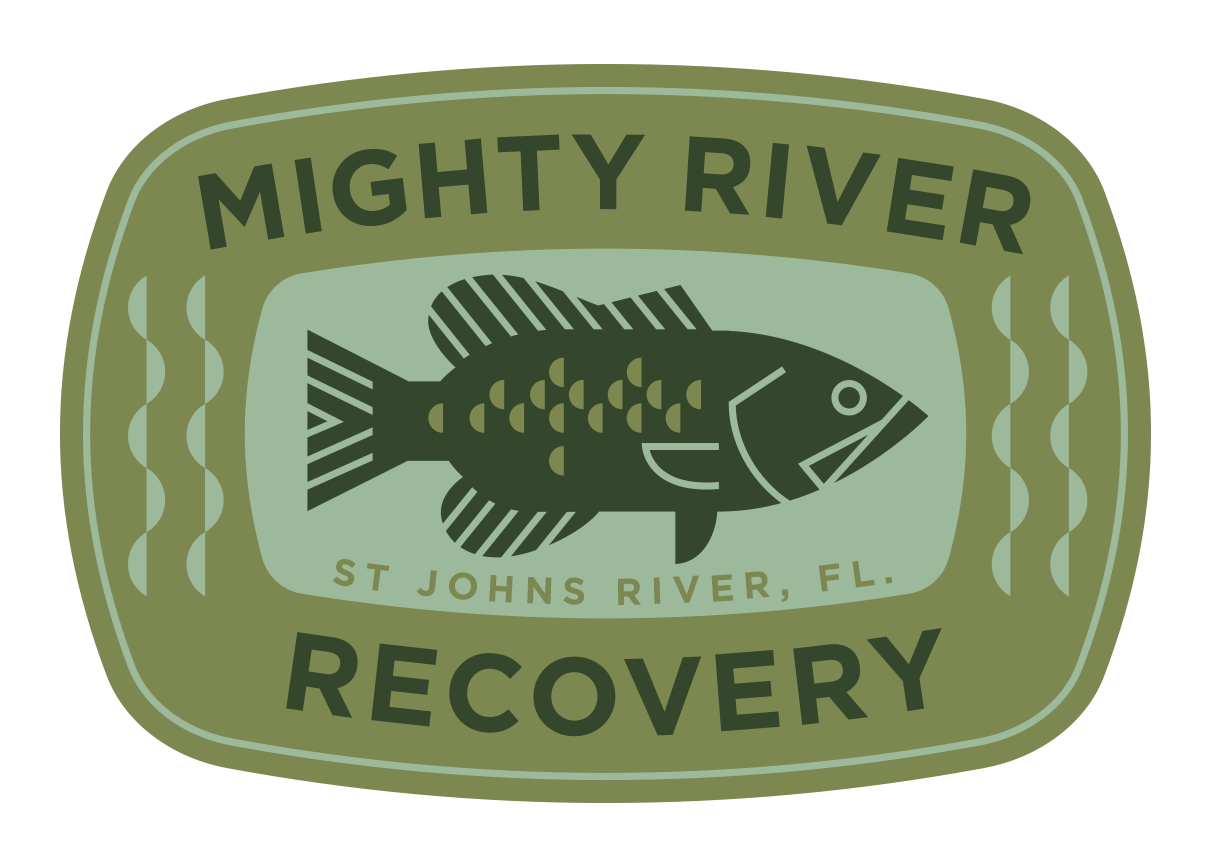Manager Series: Intro
Resource management is complicated in Florida. While other states have a clear path to determine who’s in charge, numerous groups are often involved in Florida. This creates confusion.
Mighty River Recovery focuses on challenges facing the St. Johns River.
For decades, we’ve witnessed declining habitat all across the watershed, leading to reduced fish and wildlife populations, slacking tourism and economic impacts.
Part of our mission focuses on bringing awareness to these problems. Equally important is communication with the management community: those agencies in charge of maintaining the health and viability of Florida’s largest freshwater resource.
Our new “Manager Series” blogs tackle the confusion and inform followers of the current paths of management.
Nowhere else can you turn for such real, transparent information on the behind-the-scenes actions of Florida’s freshwater managers.
Results of an herbicide application - St. Johns River 2024
We’ll start by outlining the major players. In blogs to follow, we will present how each is impacting the St. Johns River.
The Florida Fish and Wildlife Conservation Commission (Florida FWC): The Mission of the Florida FWC is “managing of fish and wildlife resources for their long-term well-being and benefit of people.” Rather unique to Florida, the FWC serves both law enforcement and fish and wildlife roles. The agency is divided into six divisions, with three directly impacting the work of Mighty River Recovery.
Essentially, the organizational structure of the FWC is intended to bring scientific experts to the complexity of resource management. What happens, though, can sometimes be disjointed. We’ll explore the many sides of this group and their plans for the river.
The US Army Corps of Engineers (USACE): This federal group is tasked with flood control and navigational issues as they apply to Florida’s navigable waterways, including the St. Johns River. We can’t discount the importance of the St. Johns waterway in terms of navigation and national security. The Corps of Engineers also provides disaster relief and, in some cases, environmental restoration.
The laws and acts that direct this group differ in many regards to those intended to influence natural resource policy in Florida. We’ll explore how this is affecting our water.
The St. Johns River Water Management District (SJRWMD): This group’s primary purpose is ensuring public water supply in our part of Florida. High priority efforts include water quality and flood control concerns. The SJRWMD is also very involved in conservation property acquisition and impacts to wetland and buffer zones. This group battles on both sides of environmental issues as Florida population growth puts pressure on our resources. We’ll explore the highs and lows in terms of wildlife habitat.
Growing effects of habitat restoration - St. Johns River 2024
The US Fish and Wildlife Service (USFWS): This group manages the Lake Woodruff National Wildlife Refuge, a 20,000 acre area encompassing a portion of the St. Johns River and connected lakes. Created as a migratory bird refuge, much of the goals within the Lake Woodruff NWR Comprehensive Conservation Plan focus on endangered and key species unique to this area.
Fish and wildlife habitat is often impacted in the Refuge by a number of agencies. We’ll investigate.
The National Forest Service (NFS): This group is responsible for fish and wildlife habitat in and around the springs recreation areas within the Ocala National Forest. Most of the spring runs are controlled by other agencies, however the NFS has been recently involved in restoration efforts that affect both wildlife and users. We’ll explain, and outline their work.
Additional groups include numerous city and county governments involved in projects impacting habitat. Often, these fall under permitting of the larger groups. In addition, Florida State Parks come into the equation in some places, influencing management decisions.
Our goal is to bring you clear, truthful information on how these groups are impacting the St. Johns River, their plans moving forward and where we all fit in.
In addition, we’ll check their work, raise questions regarding controversial decisions and push for more consideration of fish and wildlife.
We’ll update these blogs after conversations and meetings, so be sure to check back often. Our first in-depth piece will be released next week - stay tuned!


